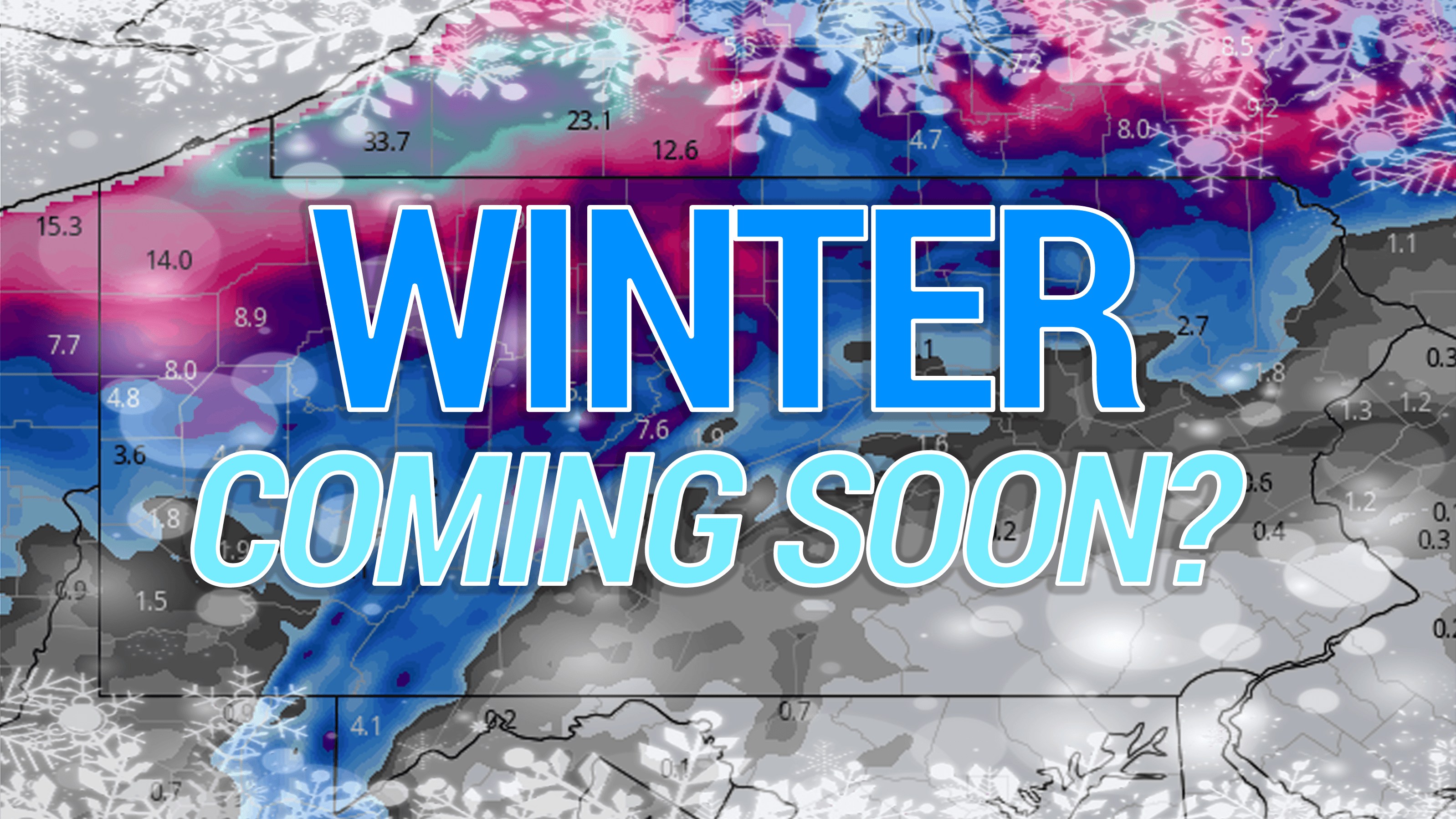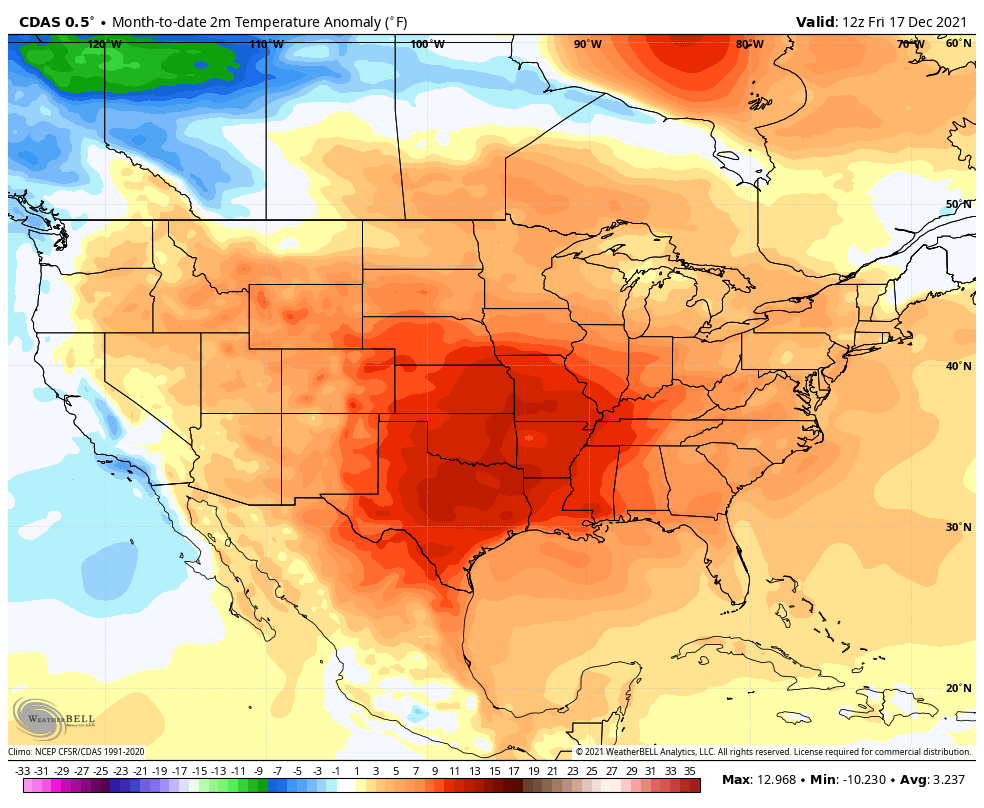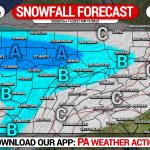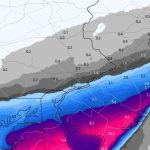Although winter has not officially started, many are getting very anxious for the first signs of the season. This time last year, we were digging out from a major winter storm that dumped 40″ in parts of Northeast Pennsylvania. This year, there has yet to be any serious mention of a potential widespread winter storm incoming. So what is going on, and when can we expect winter winter to get started?
SO FAR:
First of all, let’s take a look at what snow this season has produced so far in Pennsylvania.
Nearly all of the snow that has fallen has been lake-effect snow that came right after Thanksgiving. Nearly everywhere is below average, with some having yet to see any accumulating snowfall. With that said, it would not take much to dig us out of the small hole we are in, as averages up to this point aren’t much.
The core of the above average temperatures this December is well to our west, out in the Plains. The overwhelming majority of the Lower 48 has been warmer than normal this December, as shown below.
WHAT’S TO COME:
In meteorology and science as a whole, there is always a cause and effect. Teleconnections, which are basically pressure anomalies in certain areas of the globe, determine our pattern. There are several teleconnections that impact our pattern here in the Eastern US, but the most significant are the PNA, EPO, and MJO. Essentially, teleconnections over the Central and Eastern Pacific impact the Lower 48 the most because we are immediately downstream.
The North Pacific Oscillation, or PNA, has been favorable for troughing and storminess on the West Coast and ridging out east for our area (negative PNA), and that will continue to be the case as we head into late December, early January, and probably beyond. This is very typical for La Nina.
The Eastern Pacific Oscillation, or EPO, has been favorable for a firehose of storms on the West Coast and an overall zonal pattern (positive EPO). The EPO is expected dip negative shortly around Christmas, before heading back up to neutral, where it is projected to stay for a while. This may help with more jet stream amplification, which is necessary for bigger storms and larger cold air injections.
The Madden Julian Oscillation, or MJO, has been a non-player as of late, sitting in phase 7, which is a phase that doesn’t typically have a strong influence on the jet stream. As we head into January, if we can get into phase 8, that may open the door for more Eastern US troughing and cold air spillage from Canada. However, if the MJO stays in phase 7, that would likely keep it on the back burner when it comes to impacting our pattern.
There are also two teleconnections to our north and east, the NAO and AO, which can help spread cold air down into the Northeast US. They have been unfavorable (positive NAO, positive AO), but will be dropping negative and becoming favorable for the foreseeable future into early January.
So what will all of this do for us? We will likely start to see more light to moderate impact winter storms in early January and possibly after Christmas even. I do not expect big snowmakers. Instead, numerous mixed-bag events are possible, where we start off as snow, then change to sleet and freezing rain, and then rain sometimes.
Temperatures in January will be much closer to average, with some warm days but probably very few days with well below average temperature. Snowfall is a tough call, but in and east of the mountains have the best chance of reaching average, with Southwest PA having the lowest chance of reaching average. The logic behind this is that that storms with overrunning precipitation, and a burst of snow produced by warm air advection, typically produce snow in and east of the mountains, in part due to cold air damming. That may also lead to a few ice events.
As usual, Pennsylvania Weather Action will have you covered with the details ahead of every storm this winter. Feel free to download our app for a great forecast and interactive maps with nearly a dozen free layers! Tap here to download our app >>> PA Weather Action App






You must be logged in to post a comment.